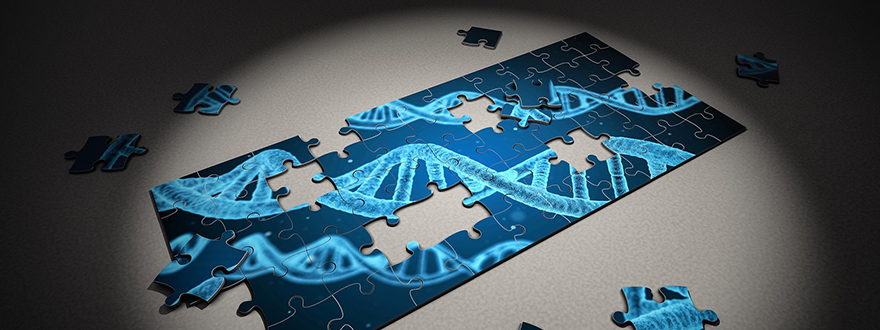
30 Aug What are the limits of science? Scientists store video clip in the DNA molecule
In 1878, English photographer and innovator Eadweard Muybridge came to the idea of using series of photographs to photograph galloping horse in an attempt to figure out if running horses ever had all four feet off of the ground. Today, more than a century later, scientists, with the help of powerful technology CRISPR, which can change the genome, for the first time in history, in bacterial cells have inserted a computer file with the images of the Muybridge galloping horse.
The researchers created a synthetic strand of DNA containing a five-frame block of this video as well as an image of a hand—the letters of the nucelobases representing the shade and position of each image’s pixels. Using CRISPR technology, they then fed the strands of DNA to E. coli bacterium. By sequencing the bacterial DNA, they were able to look where the frames were in the genome and that told them in which order the frames should appear. When they sequenced the genome of the bacteria they were able to reconstruct the encoded images with 90 percent accuracy.
The discovery of CRISPR technology has changed science forever, and scientists hope that the application of this technology as “molecular recorder” will be successful in brain research, primarily in research of neurons in development.
Source: http://www.smithsonianmag.com/smart-news/movie-encoded-living-dna-first-time-180964058/



